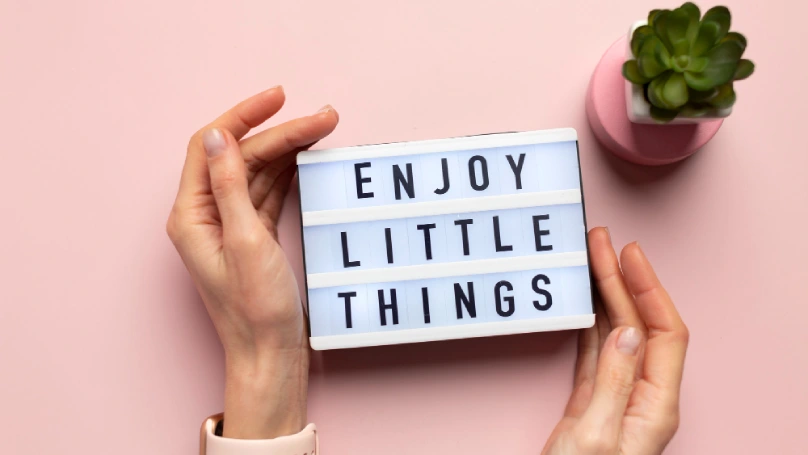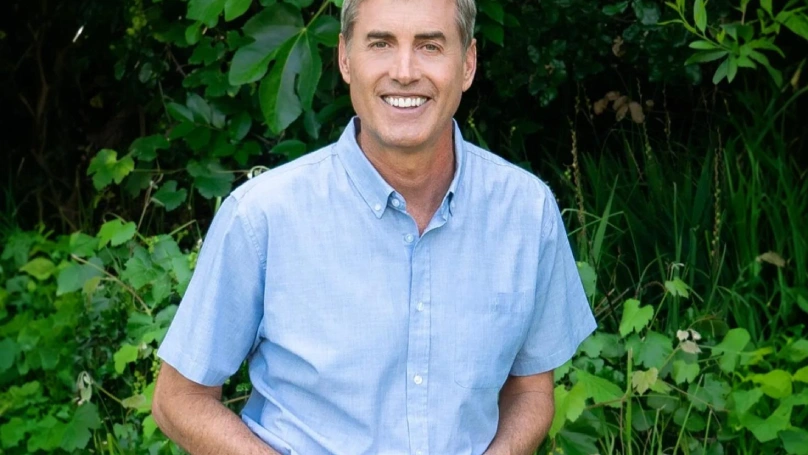Have you perhaps set yourself a major life goal that subsequently fizzled out with abandonment in just a few days? Something like setting up a timetable for daily exercise schedules, watching what you eat, or finally getting rid of that clutter in your home? Well, let me break this to you—big changes are hard. But if I told you the secret to making changes stick is not in the area of willpower or an all-encompassing overhaul? Instead, it is about going so small that it almost feels too trivial. That is the very import of Tiny Habits, by BJ Fogg revolutionary book that teaches that small consistent actions will allow enormous transformations to occur over some time.
In this article, we will examine the Tiny Habits book summary covering its major ideas, workable strategies, and concrete stories that demonstrate how small steps can lead to large results. Whether you want a big boost in your health, productivity, or relationships, this book explains how this is possible. So, are you ready to find out how tiny habits can turn your life around? Let us get started!
What is the Tiny Habits Method?
Tiny Habits is a method originally designed by behavior scientist BJ Fogg, focusing instead on starting small. Rather than looking to shift everything on your path in a single day, you think about tiny, easy-to-do behaviors that can be slotted into your everyday life. For instance, instead of promising yourself that you will train for an hour, you agree to do two push-ups following the brushing of your teeth.
The simple science behind it is that small actions are low in motivation; hence repeated effort becomes easier. With time, these tiny habits gain momentum that makes building on them socially acceptable. Think of it like planting a seed. This seed will not grow into a strong tree overnight; with time and nurture, it can grow into something robust and resilient.
The Fogg Behavior Model: The Foundation of Tiny Habits
At the center of Tiny Habits is the Fogg Behavior Model, which states that behavior is the result of three elements: motivation, ability, and prompts.
- Motivation: You must want to do something very much.
- Ability: How easy it is to do.
- Prompts: The cues that cause the behavior.
When all three relative forces come into alignment, the habit will be sure to stick. For example, drinking more water requires an individual to feel motivated enough to keep himself hydrated, be easily able to access water, and finally get a cue, such as putting a bottle of water on the desk.

The Power of Anchors: Linking New Habits to Existing Routines
Among the most useful tools in the Tiny Habits toolkit is the concept of anchors. Anchors are existing routines or behaviors that you can use to trigger new habits. For example, you can begin your flossing habit by anchoring it to your tooth brushing.
The way it works is this:
- The first step is to identify an existing habit (for example, brushing your teeth).
- Next, an utterly tiny new habit is attached (e.g., flossing one tooth).
Because new habits are linked to old, there is a natural flow that makes remembering the action and repeating it easier.
Celebration: The Secret Sauce of Tiny Habits
A small celebration, but a high-impact one, is what builds the stickiness of the tiny habits. Yell out, perhaps, “I’ve done two push-ups!” or “I’ve flossed a tooth!” and get a tremendous rush of happy emotions. That burst of feeling acts as reinforcement, so your brain wires and connects the habit with joy and success in the future.
BJ Fogg proposes a celebration immediately after performing your tiny habit, which can involve a high-five, a simple statement like, “I’m awesome!”, a fist pump, or even a smile at yourself. Make it what feels most natural or intimate to you. In this way, the reinforcement will build up momentum over time, leading you to repeat it even more.
So, think of the celebration as a mental high-five. Not for the “What we’ve done” but for the fact of teaching the brain to enjoy the process.

Common Mistakes to Avoid When Building Tiny Habits
While these tiny habits are easy to practice, any slip from carefulness is an invitation to fall. A common blunder consists in overdoing it. Whenever a very tiny habit feels like work, it’s much more likely that one will quit. For example, you can almost definitely do two push-ups, but fifty might feel like a stretch.
Another pitfall is setting aside the need for consistency. Tiny habits love to repeat themselves, albeit for a few seconds now and then. Missed days will hurt the momentum, thus making it more difficult to establish the habit.
Finally, on the opposite spectrum of simplicity lies the habit of complicating things. Do keep it simple: one tiny habit at a time never add too many. The aim should always be to create a habit that would be hard to say no to.
How to Scale Up: From Tiny Habits to Big Changes
Once your little habit is automated, it’s time to crank it up a bit, but slowly; for example: if you had been able to do two push-ups a day, then try stepping it up to five. You want to build on what you’ve achieved without trying to do too much all at once.
And to do this right, it should be the same: start small, integrate it into what you are already doing, and have fun with it. Lots of little changes eventually add up to one big change. Think of every rung on a staircase as raising you to a new level.
The great thing about tiny habits is they’re the micro-foundation from which big change arises. Ignoring small challenges disables you from cultivating the strength or motivation to take on bigger ones.
Conclusion
The Tiny Habits approach has changed the world for anyone wanting to bring lasting change into her life. Focus on extremely small and doable actions, anchor them to behaviors you are already doing, and celebrate each time you’re successful, so these habits are supposed to stick when you’d rather use willpower or large and radical changes. Whether it is health, productivity, or relationships, the principles discussed in the book offer a practical route toward success that is maintainable.
Understand that perfection is not what this is about; instead, it is about taking consistent tiny steps toward your goal. These small things will compound and lead to great change. So what tiny habit will you begin today?
If you liked this Tiny Habits summary, you will certainly appreciate our deep dive into yet another powerfully persuading habit-building book. Check out our atomic habits book summary here to discover the science-backed strategies of James Clear for mastering your habits and achieving your goals.











